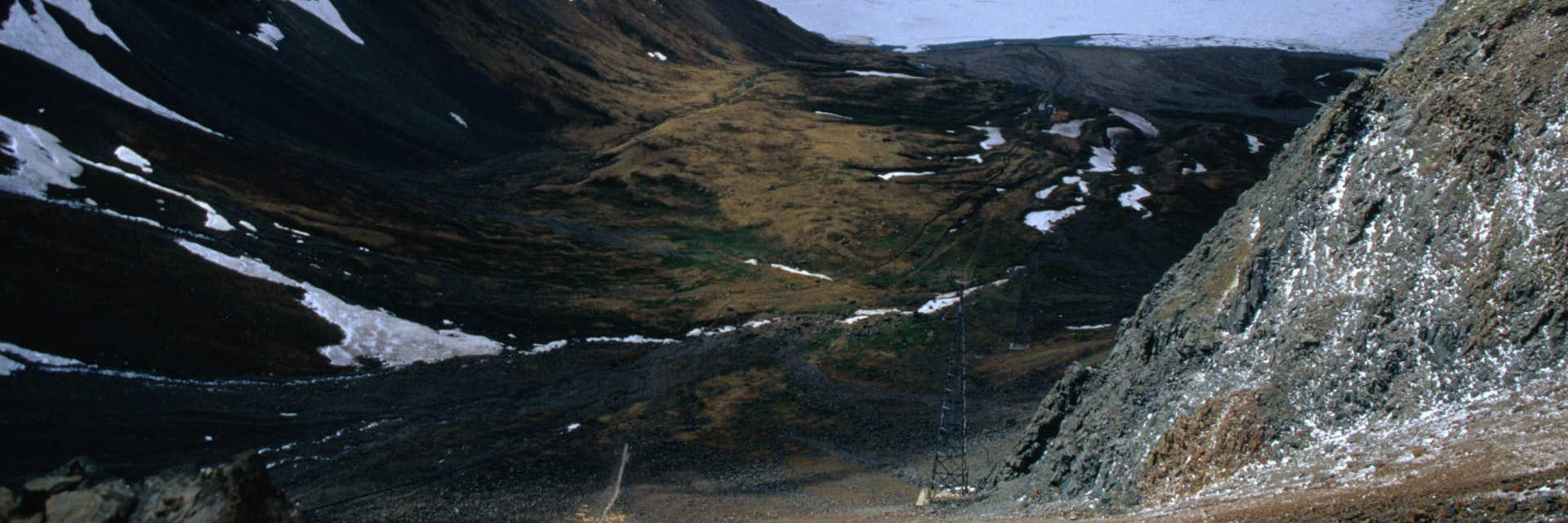Paekdu, one of the most stunning sights on the Korean peninsula, straddles the Chinese–Korean border in the very far northeastern tip of DPRK. Apart from being the country's highest mountain at 2744m (9000ft), and an amazing geological phenomenon (an extinct volcano with a vast crater lake at its centre), it's also of huge mythical importance to Koreans.
The natural beauty of the extinct volcano, now containing one of the world’s deepest lakes, is made all the more magical by the mythology that surrounds the lake, both ancient and modern. The legend runs that Hwanung, the Lord of Heaven, descended onto the mountain in 2333 BC, and from here formed the nation of Choson – ‘The Land of Morning Calm’, or ancient Korea. It therefore only seems right and proper that, four millennia later, Kim Jong-il was born nearby ‘and flying white horses were seen in the sky’, according to official sources. In all likelihood, Kim Jong-il was born in Khabarovsk, Russia, where his father was in exile at the time, but this story contributes to the all-important Kim myth that has contributed to the family's continued cult of personality.
Trips here are strictly organised as this is a sensitive border region and a military zone. Having arrived at the military station at the bottom of the mountain, you’ll be checked in, then will take the funicular railway up the side of the mountain. From here it’s a 10-minute hike up to the mountain’s highest point, past some superb views down into the crater lake. You can either walk down to the shore of Lake Chon (an easy hike down, but somewhat tougher coming back up!) or take the cable car (€7 per person return) for the easier option. Bring warm clothing; it can be freezing at any time of year, with snow on the ground year-round.
Revisionist history aside, the real reason to visit Paekdusan is the natural beauty of the area – vast tracts of virgin forest, abundant wildlife, lonely granite crags, fresh springs, gushing streams and dramatic waterfalls – and, for those able to make the steep and treacherous climb, the astounding Jong-il Peak. It is accessible only from around late June to mid-September (due to weather conditions) and can be reached only by charter flight from Pyongyang, followed by a 1½-hour bus ride.
